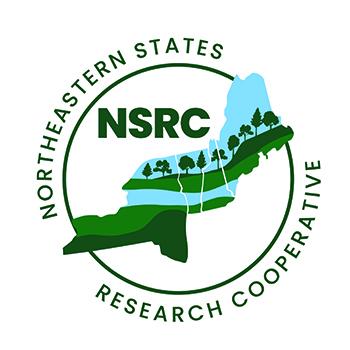Integrating Advanced Geospatial Analysis and Indigenous Forest Knowledge for Protecting Ash Species

Forestlands provide a plethora of ecosystem services particularly for tribal communities, but they are susceptible to various natural disturbances, significantly affecting their health and productivity. Among natural disturbances, non-native pests like emerald ash borer (EAB) have posed a significant threat as the native forest species do not have natural resilience to them. All three species of ash (white, green/red, and black/brown) that grow in Maine are susceptible to EAB infestation. All are highly valuable both economically and culturally for the Penobscot, Passamaquoddy, Maliseet, and Mi’kmaq nations. This project aims to provide timely tools and products for effective planning for EAB management using geospatial techniques and Indigenous forest knowledge (IFK), while providing educational and mentorship opportunities for both Indigenous youth and communities at large.
